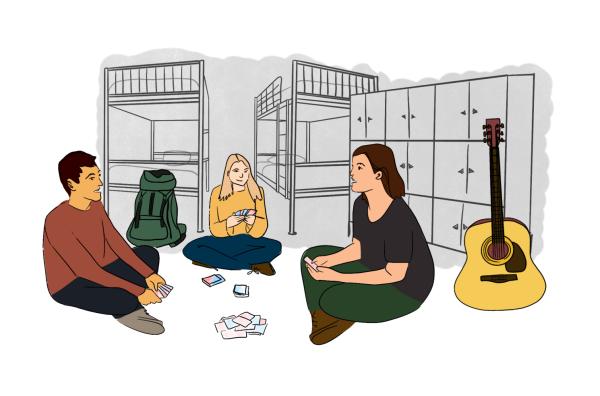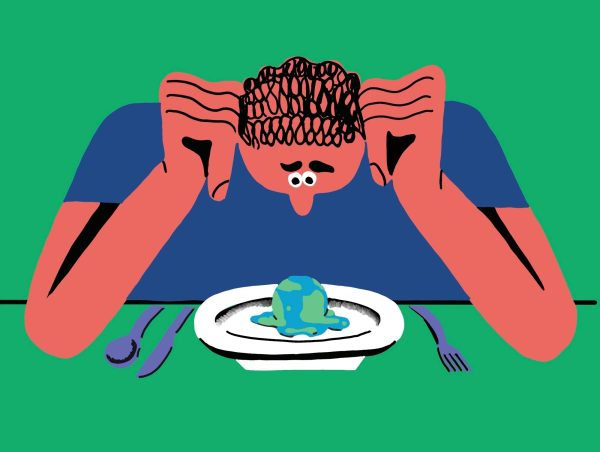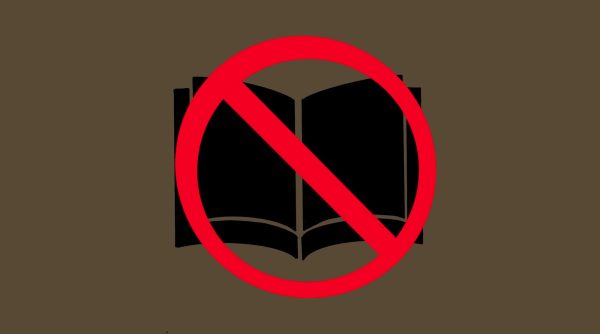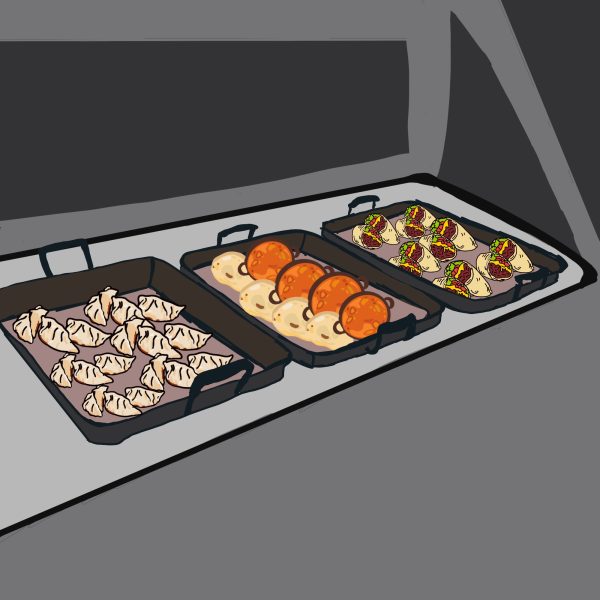Queer Corner: Tune In, Come Out

Are you nerds excited for the beginning of the fall TV season? As a character on one of my favorite shows once said, “there are only two things I love in this world: everybody and television.” Since it’s still the beginning, I have hope that this year will be great for TV, and by great I mean really, really queer. Do you all watch Glee? I do, because if I were to stop, the powers that be would take my queer card away. For the past year, I have had a moderately face palm relationship with the show, but last year it really hit home for me. It hit home for me so much that at the end of one of last season’s episodes, I actually said out loud, “I wish I were sixteen right now.”
Now, I still had braces at sixteen, so it would take a lot to make me want to relive my awkward teenage years, but I’m fairly certain that if at sixteen I had watched (spoiler alert!) Santana singing that Fleetwood Mac song to Brittany about all of her big gay feelings for her, I would have understood all the big gay feelings inside of myself. Yep, Glee is getting gayer, and it’s not the only mainstream show that has queer characters and storylines. Skins UK, Modern Family, Degrassi, Pretty Little Liars, 90210, True Blood and many more all feature three-dimensional queer characters with personalities, character development, flaws and awesomeness.
I probably watch more high school TV shows than is healthy or appropriate for a person in her twenties, but I can’t help it. Teenage shows are so gay these days, and I seriously need to fill the gay void in the heart of my inner sixteen-year old. You see, back when I was a fledgling queerio, they didn’t have many queer teenagers on TV, and if they did, it was either a gay guy who came out in a “very special episode” and was never seen again, or a bisexual girl who made out with a few girls before getting back together with her ex-boyfriend. Queer storylines were so scarce and lackluster that I had to secretly watch The L Word before my parents came home from work, just so I could get some gay exposure. And no teenager should ever have to watch The L Word. Ever.
So what does this mean? Why is this important? Well, this means that queer kids are becoming mainstream! They’re being broadcast into our homes, and kids are watching these shows with their friends and families and talking about the characters and their relationships.
Somewhere, a queer girl is realizing that her feelings for her best friend are a lot like Santana’s feelings for Brittany, and a father is talking to his son about how cute Kurt and Blaine are. Soon, everyone starts to realize that queer people are just people.
Now, I wouldn’t be a good college student if I didn’t criticize everything incessantly, and I wouldn’t be a good queer advocate if I didn’t believe that visibility was one of the most important things ever in the history of everything. We have a lot of gay and bisexual characters, and we have even more on the way, but there are very few trans and genderqueer characters on TV. And it’s no coincidence that the general public has a lack of understanding of transgenderness and genderqueerness. People aren’t exposed to it. People aren’t talking about it. People don’t know genderqueer characters like they know gay characters, and that is unfortunate.
So, don’t listen to those jerks that say TV is rotting your brain. What it’s really doing is opening your eyes. Blow off your reading for tomorrow and get to know some queer characters. You might learn a little bit about what it’s like to be a queer kid. You might learn how to be a better ally, a better friend and a better family member. Maybe you’ll learn something important about yourself. But whatever you do, never watch The L Word, and never ever watch The Real L Word. You’ll thank me.
Contact Kate Pochini at [email protected].









